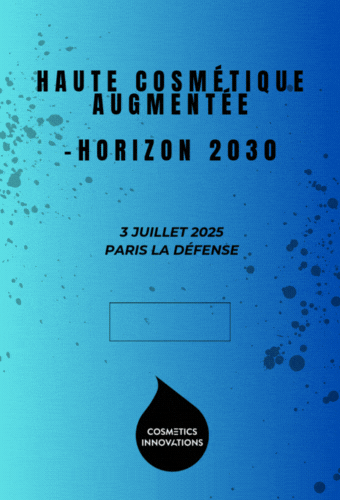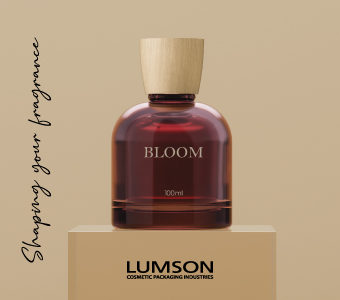
As of today, cosmetics marketed in the European union [1] must be fully compliant with the cosmetics regulation [2] replacing the Directive that was applicable so far.
Directly applicable
“For the first time, the world’s largest personal care market of more than 500 million consumers will be served by a single, harmonised piece of legislation, directly applicable in all the Member States of the European Union. The regulation both gives consumers a uniform level of protection in a single market, and brings unprecedented clarity for industry,” commented Bertil Heerink, Director-General of Cosmetics Europe, the trade association representing the European cosmetics and personal care industry.
Indeed, unlike a directive, a European regulation does not need to be transposed into the law of Member State: it is directly and immediately applicable. In short, everyone must comply with it in the same way.
According to Neven Mimica, European Commissioner for Consumer Policy, the regulation makes “enforcement easier, bringing greater peace of mind and confidence in the products purchased."
New requirements
The Cosmetics Regulation provides more accurate definitions of certain existing legal provisions, reproduces the previous requirements and also adds new one. The main changes are:
– Strengthened safety requirements for cosmetic products: As of today, manufacturers need to follow specific requirements in the preparation of a product safety report prior to placing a product on the market.
– Introduction of the notion of “responsible person”: Only cosmetic products for which a legal or natural person is designated within the EU as ‘responsible person’ can be placed on the market. The new Cosmetics Regulation allows the precise identification of who the responsible person is and clearly outlines the obligations. The responsible person must also keep the product information file, including the safety assessment of the product, available and up-to-date in case of inspection of the national market surveillance authorities.
– Centralized notification of all cosmetic products placed on the EU market: Manufacturer will need to notify its product only once - via the EU Cosmetic Products Notification Portal (CPNP), which has been started several months ago. The information stored in the portal will allow the personnel of national Anti-Poison Centres to access the composition of the products within seconds, in case of accidents, and the competent authorities to easily access information on all the cosmetic products placed on the EU market for market surveillance purposes.
– Introduction of reporting of serious undesirable effects: a responsible person will have an obligation to notify serious undesirable effects to competent national authorities. The authorities will also collect information coming from e.g. users and health professionals, and will be obliged to share the information with other EU Member States.
– New rules for the use of nanomaterials in cosmetic products: Colorants, preservatives and UV-filters, including those that are nanomaterials, must be explicitly authorized. Products containing other nanomaterials not otherwise restricted by the Cosmetics Regulation will be the object of a full safety assessment at the EU level, if the Commission has concerns. Nanomaterials must be labelled in the list of ingredients with the word ’nano’ in brackets following the name of the substance, e.g. "titanium dioxide (nano)".
Harmonised claims
In addition, a new Commission Regulation adopted yesterday sets out common criteria for cosmetic claims [3] (here below).
Manufacturers wanting to put a claim on their product, e.g. "48 hrs efficiency" for deodorants, will have to follow six common criteria: legal compliance, truthfulness, evidential support, honesty, fairness and informed-decision making.
National competent authorities will be able to check claims against these criteria.



































